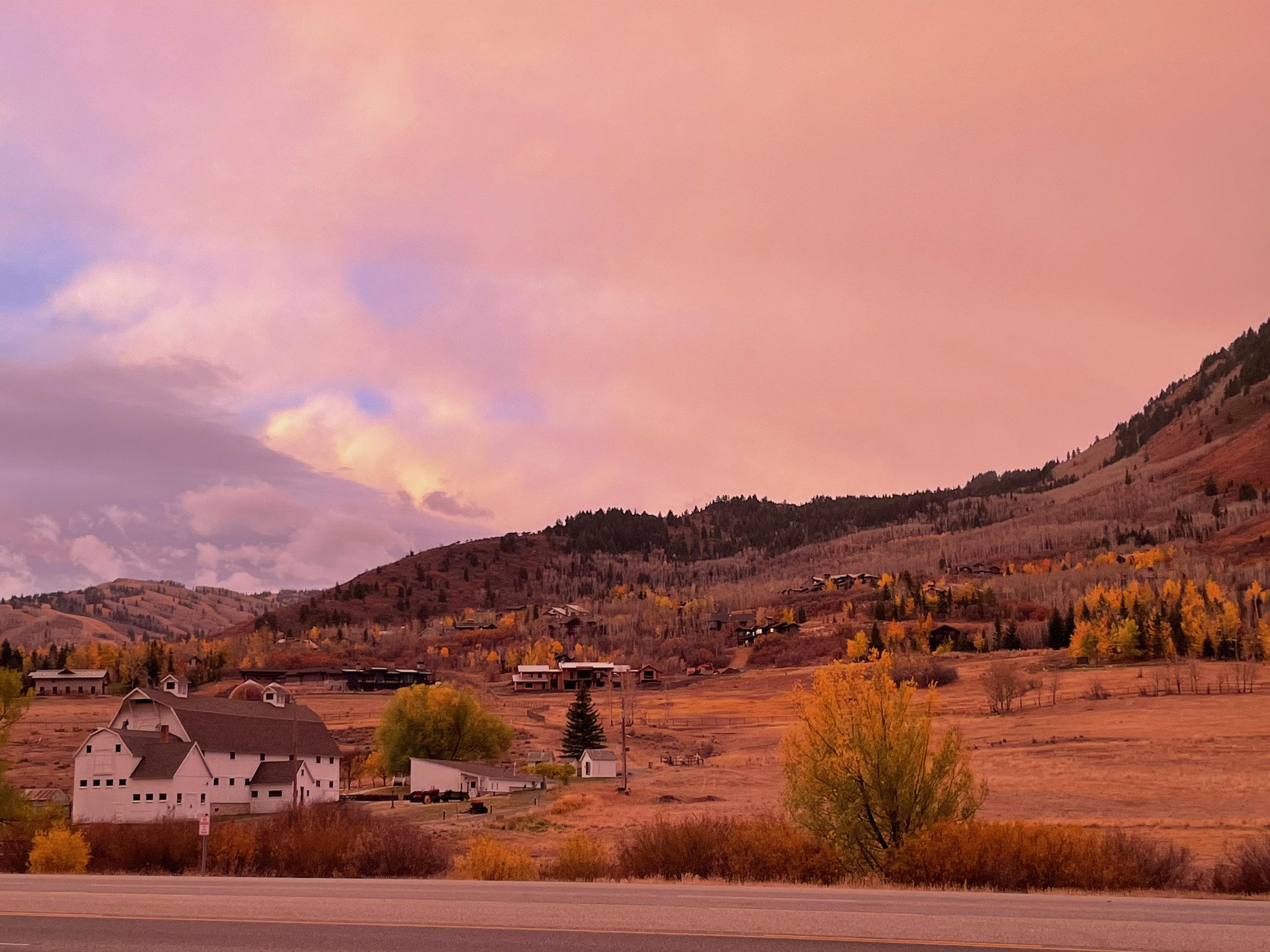
Utah’s Gold Medal Miles
If you’re an avid walker, runner, or hiker, it’s likely that you’ve stumbled upon one of these plaques somewhere along your travels. For several years I tried to piece together their mystery, when one day I happened to hit an google search for a book, no picture, no details, just a title: “Utah’s Legacy Gold Medal Miles” by Howard Nuttall. I spent the $20 to order this mystery book and, lo and behold, what showed up in the mail was a pre-packaged adventure, ready-to-run.
The Gold Medal Miles were an initiative by the Utah Department of Health to take advantage of the excitement around the 2002 Winter Olympics. They made 50 one-mile walking routes in parks and neighborhoods all over the state, to encourage everyday people to get out and be active, just like the Olympians. Internet research turns up a few events celebrating the initiative at that time, like 5k fun runs or group walks at the various unveilings. But not much memory remains except for the plaques. Sometimes they have a well-labeled starting point, map, and quarter-mile markers; sometimes they have nothing at all; and sometimes they have something even more confusing, like just the half-mile turnaround marker, to leave local visitors wondering, where on Earth does this route go?
With book in hand, I plotted out a map of the locations, and did some math on driving and running time. I figured that with a good navigator, solid running fitness, and a carload of snacks it could be done in 3 days. So I enlisted my good running buddy Ryan, one of my best partners for silly adventures, to join me. He didn’t hesitate for a minute, but he also didn’t fully understand the ramifications (turns out, neither of us did).
On October 21, 2022, we set out for our dumbest adventure yet. Day 1 we drove north to Bear Lake, west to Tooele, and back to Salt Lake City. Day 2 we drove east to Park City and Vernal, south to Moab, and even more south to Cedar City. Day 3 we drove south to St. George, then back north to Provo and into Salt Lake City. A snowstorm on I-70 and I-15 completely blew us off schedule, and we thought for sure we had no time to finish. But we powered through and just kept doing one more mile at a time, to squeeze what entertainment and dignity we could out of this quest. Next thing we knew, the sun was setting and we had just a few more miles to go. It was more struggle than celebration but we finished off with a lap around Liberty Park, just down the street from my house.
In review, to be honest, most of the routes were quite dull. Many featured multiple laps around a small neighborhood park, an out-and-back on a bike path, or a lap around a local college. Heck, two of the routes were multiple loops inside of a mall. Do you know how ridiculous it looks to run laps around a mall on a Friday afternoon? Only a few of the sites I would recommend going back to for more exploration: the foothills trail in Davis County, Bear Lake, Rock Cliff Nature Center, and the bike path in Cedar City (see snow photo below). But we did succeed in discovering the wisdom of the original health initiative: plenty of people were out using each and every local route. They may not be the most flashy, may not be worth driving across the state to visit, but the accessibility and familiarity of our local walking, running, and hiking routes hold tremendous value to each of us. You should appreciate your local route as much as you appreciate a National Park!
In all, we had run over 70 miles and driven over 1,500 miles in 3 days. But I don’t write this post to talk about our accomplishment, though it was fun and challenging. I write it to share the map below so others will know what’s the deal with these plaques, find their local Gold Medal Mile, and maybe, just maybe, dream about a silly adventure across the state.
Click the arrow in the upper left of the map for notes and a list of all sites. Click the box in the upper right to go to open the map in its own full page. See photos below for a glimpse of what it’s like to see all of Utah in one weekend!
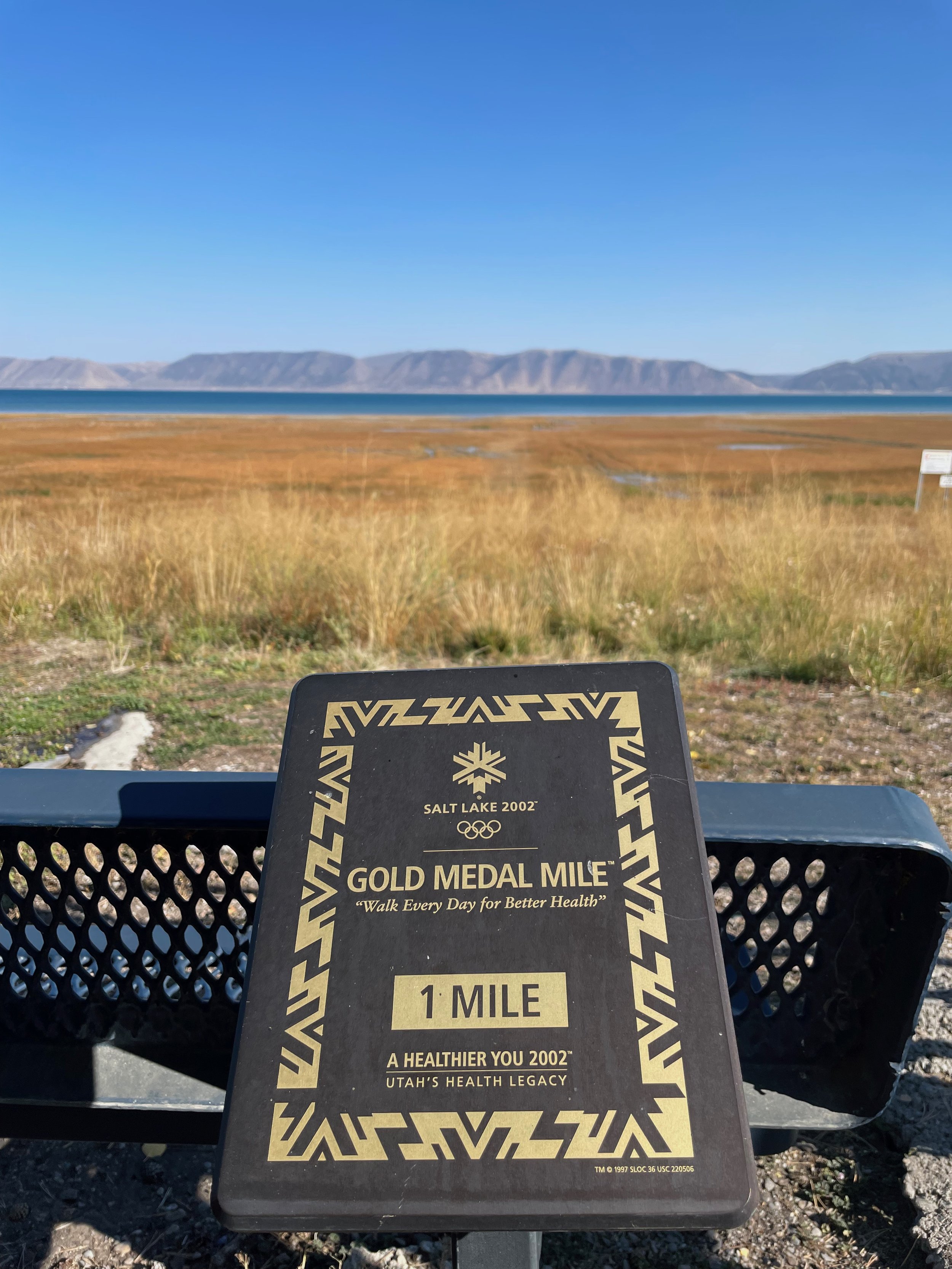
A Gold Medal Mile finishing plaque

Ryan and Mark at Bear Lake, Day 1
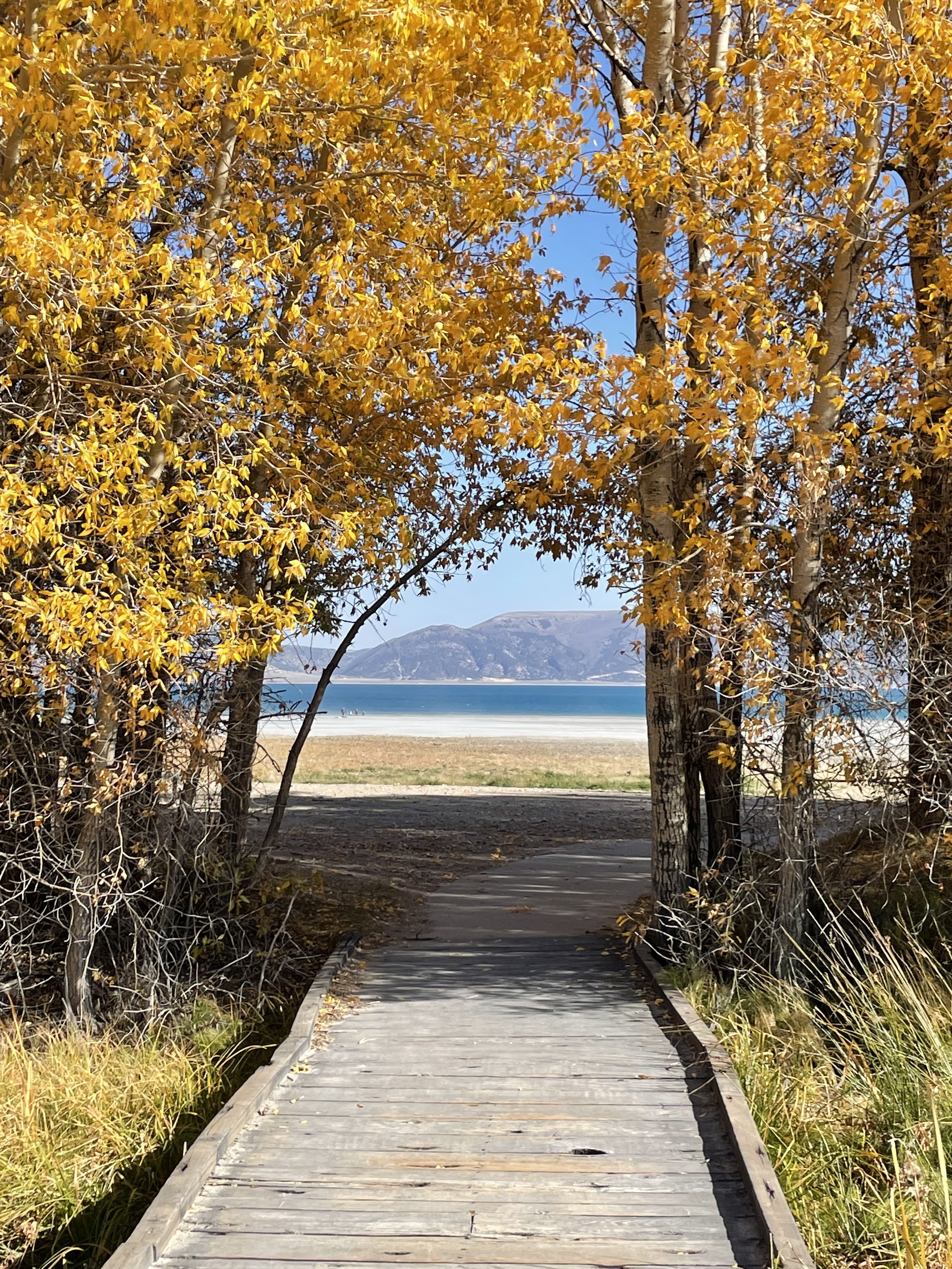
Bear Lake

Park City
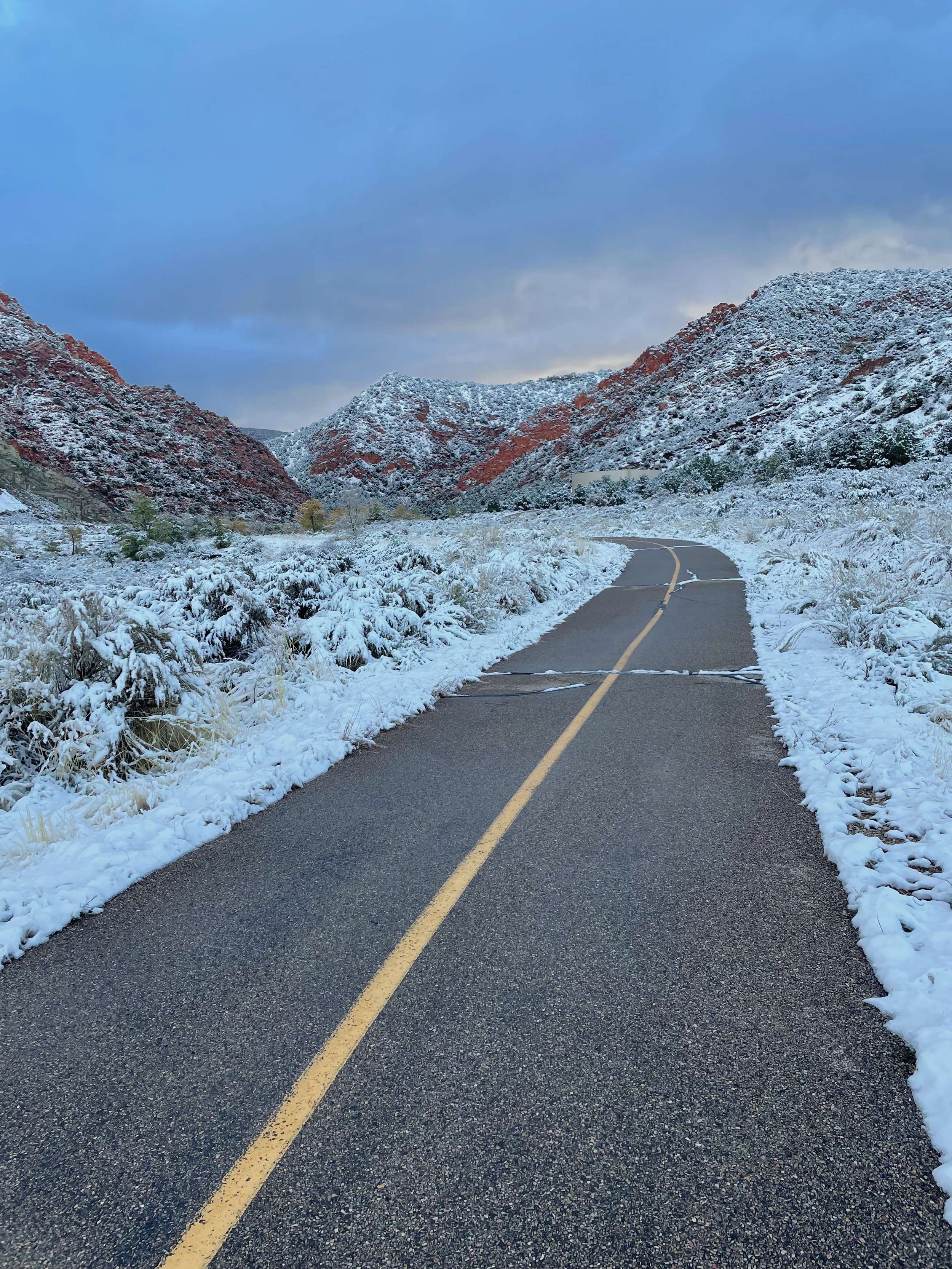
Cedar City
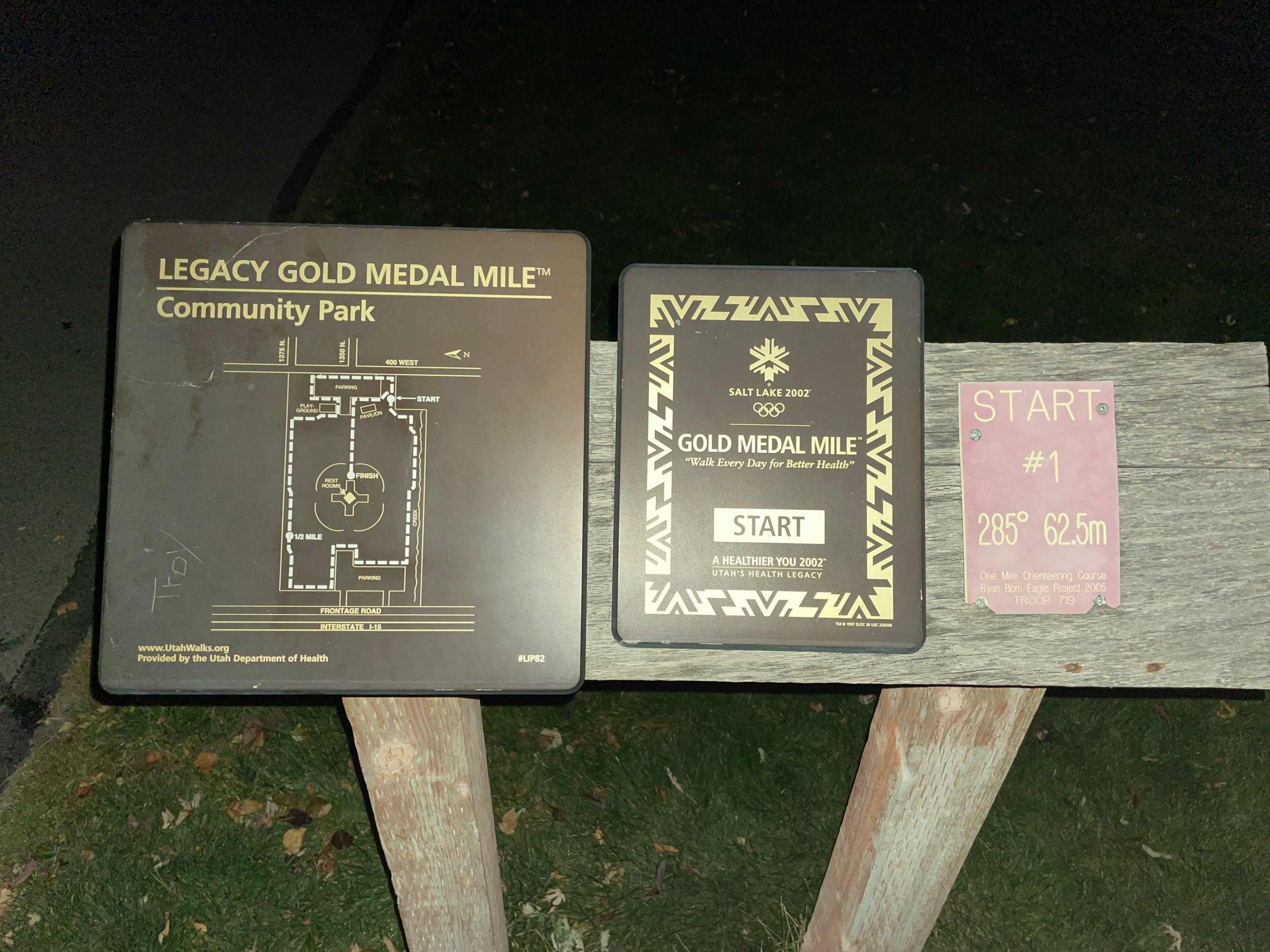
A Gold Medal Mile start plaque - very few were this detailed
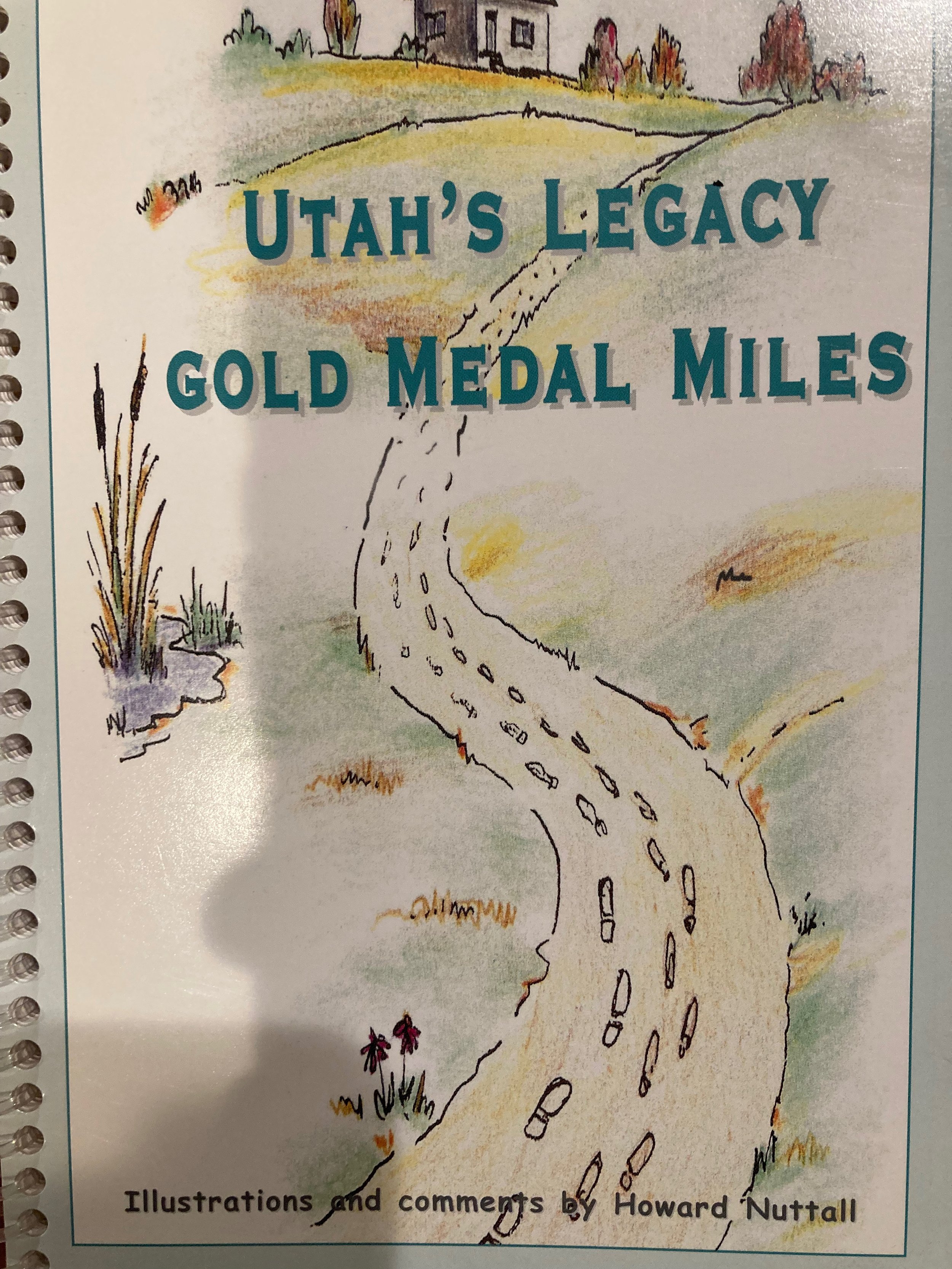
The GMM book by Howard Nuttall
